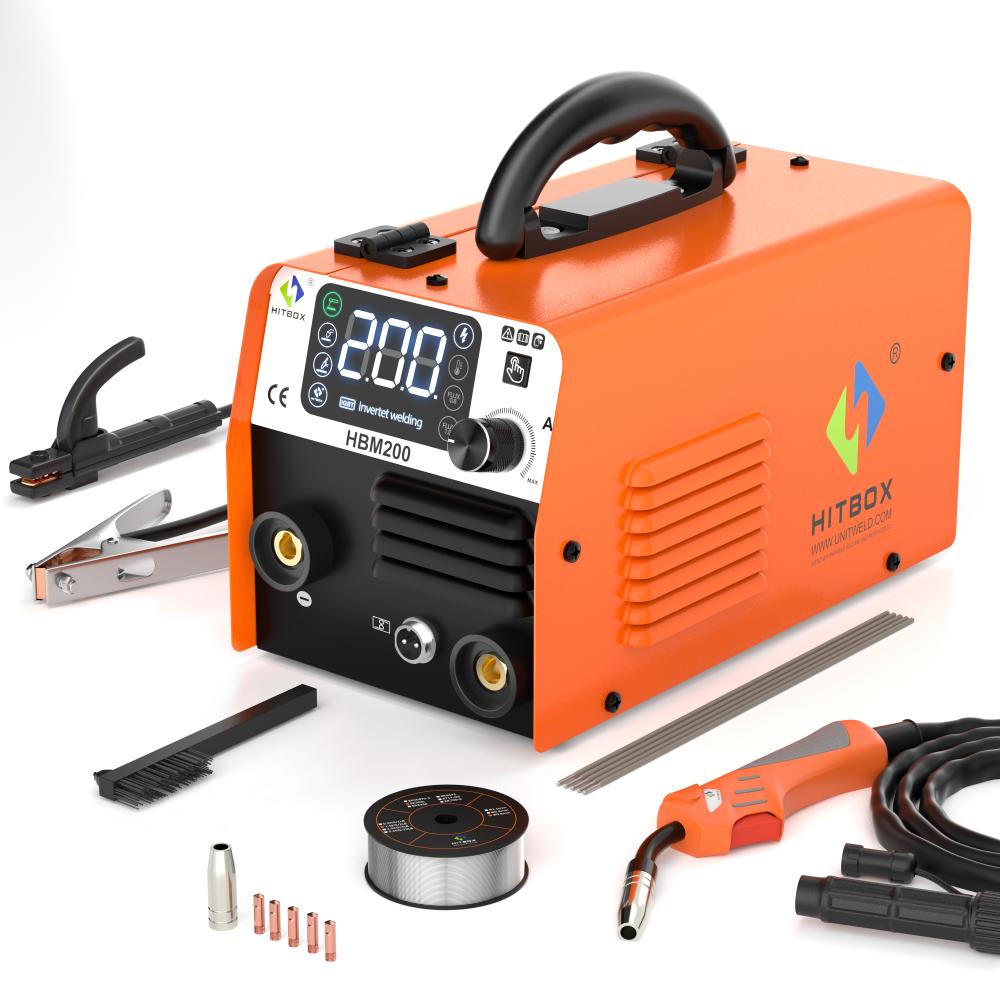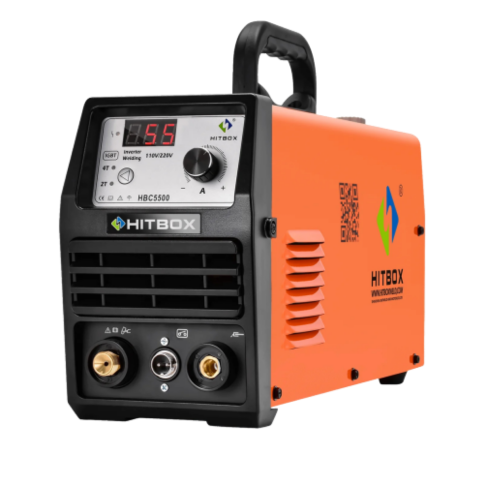However, such systems mitigate the intermittency issues inherent to individual renewable sources, enhancing the overall reliability and stability of energy generation. Solar power exhibits peak output during daylight hours, while wind power can be harnesse

However, such systems mitigate the intermittency issues inherent to individual renewable sources, enhancing the overall reliability and stability of energy generation. Solar power exhibits peak output during daylight hours, while wind power can be harnessed even during periods of reduced solar availability [4]. By integrating these sources, the energy supply becomes more consistent, reducing the risk of power shortages during adverse weather conditions. Additionally, energy storage technologies integrated into hybrid systems facilitate surplus energy storage during peak production periods, thereby enabling its use during low production phases, thus increasing overall system efficiency and reducing wastage [5]. Moreover, HRES have the potential to significantly contribute to grid stability. The intermittent nature of standalone renewable sources can strain existing power grids, causing frequency and voltage fluctuations [6]. By incorporating hybrid systems with energy storage capabilities, these fluctuations can be better managed, and surplus energy can be injected into the grid during peak demand periods. This not only enhances grid stability but also reduces grid congestion, enabling a smoother integration of renewable energy into existing energy infrastructures.
While HRES offer promising solutions, their deployment does not come without challenges [7,8]. Technical complexities, such as optimizing the integration of different sources and managing energy storage, require careful consideration. Economic viability, including initial setup costs and ongoing maintenance expenses, needs to be evaluated in the context of long-term benefits. Moreover, policy frameworks and regulations should be formulated to incentivize the adoption of hybrid systems and ensure a seamless transition towards cleaner energy. The integration of solar and wind power in HRES holds immense potential to reshape the global energy landscape. This review delves into the challenges, opportunities, and policy implications associated with these integrated systems, shedding light on their transformative capabilities.
1.1. Motivation of the study
The pressing challenge of climate change necessitates a rapid transition from fossil fuel-based energy systems to renewable energy solutions. While significant progress has been made in the development and deployment of renewable technologies such as solar and wind energy, these standalone systems come with their own set of limitations. Solar energy generation is contingent upon daylight and clear weather conditions, whereas wind energy is unpredictable, depending on fluctuating wind speeds. The intermittency and variability of these energy sources pose a challenge to the stability of the electricity grid, thereby affecting the wider adoption of renewable energy systems. Furthermore, the current policy frameworks and economic models often do not adequately support the seamless integration of these disparate renewable resources into a unified and efficient









